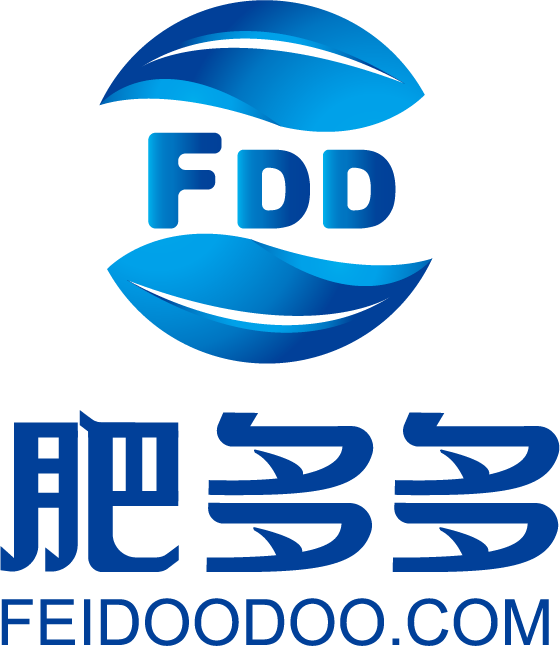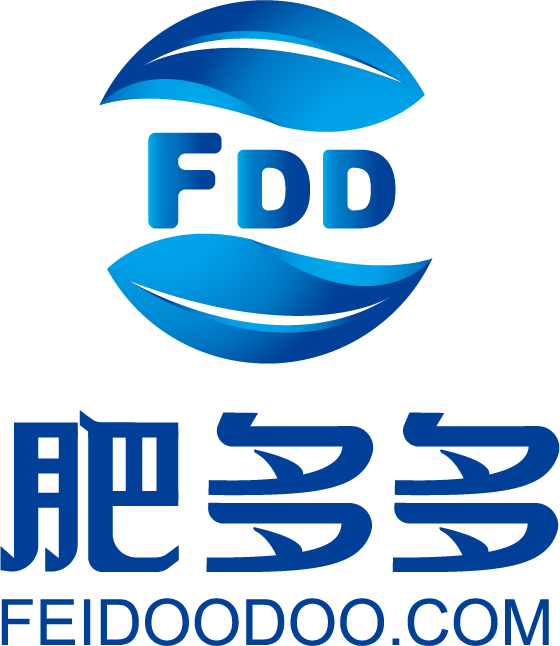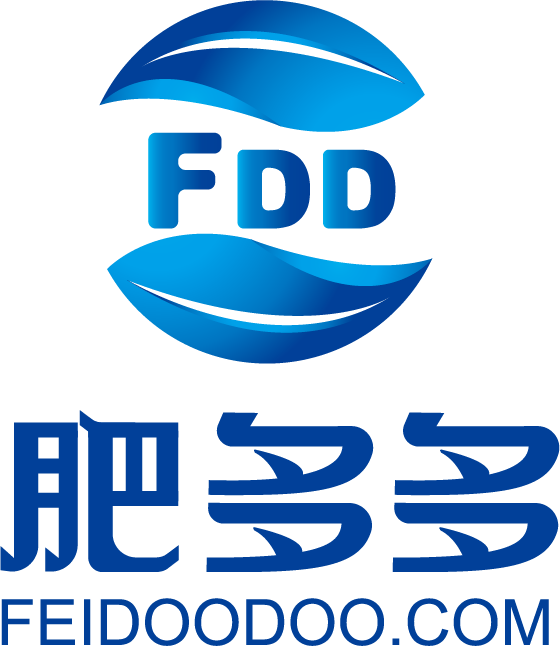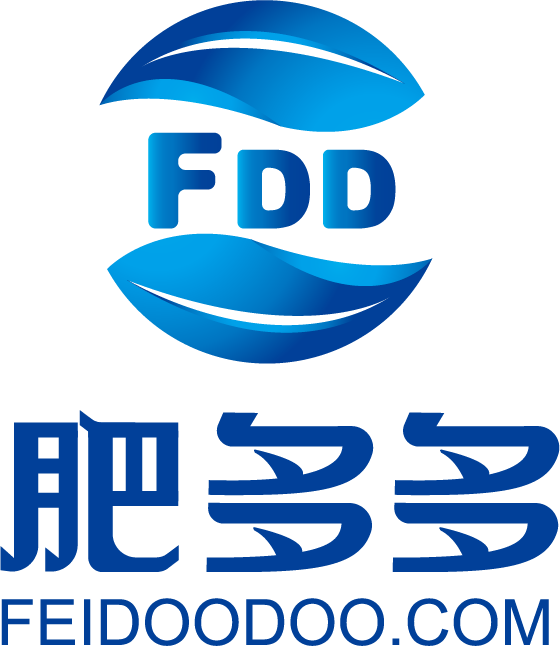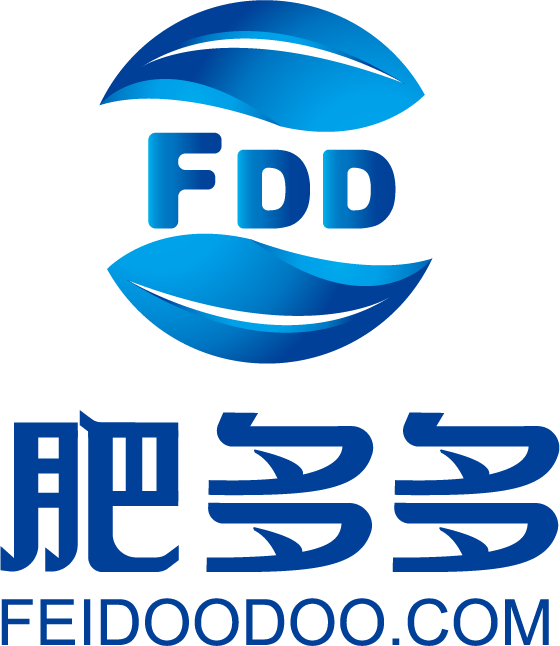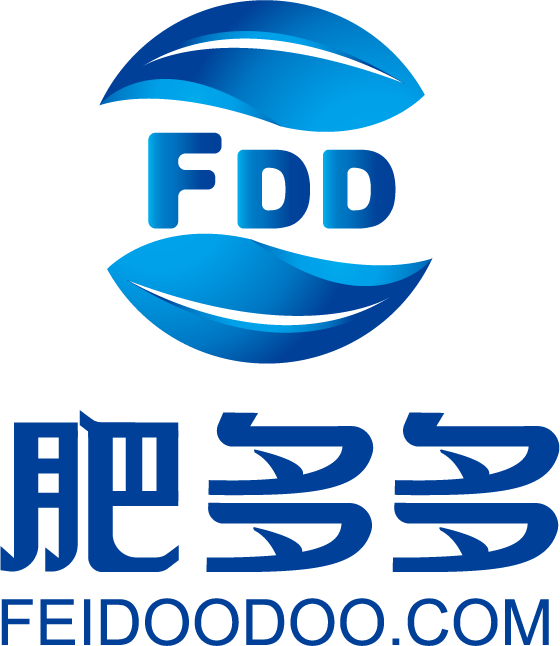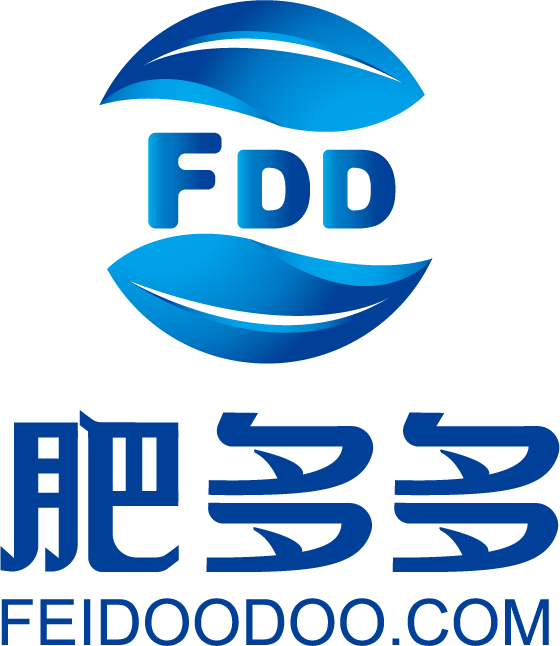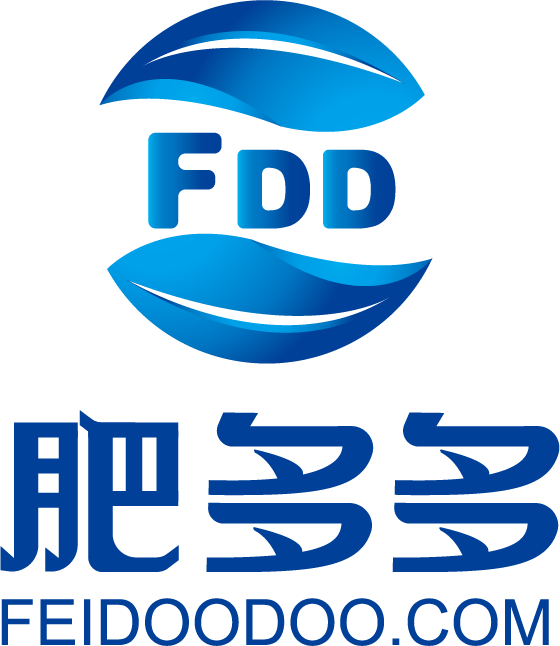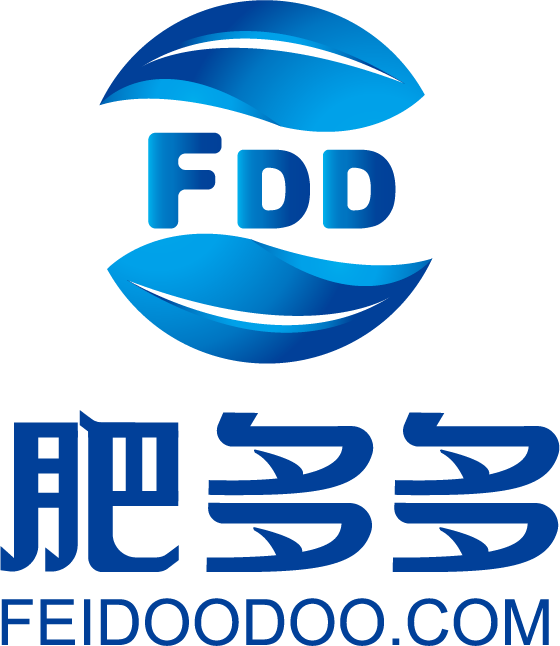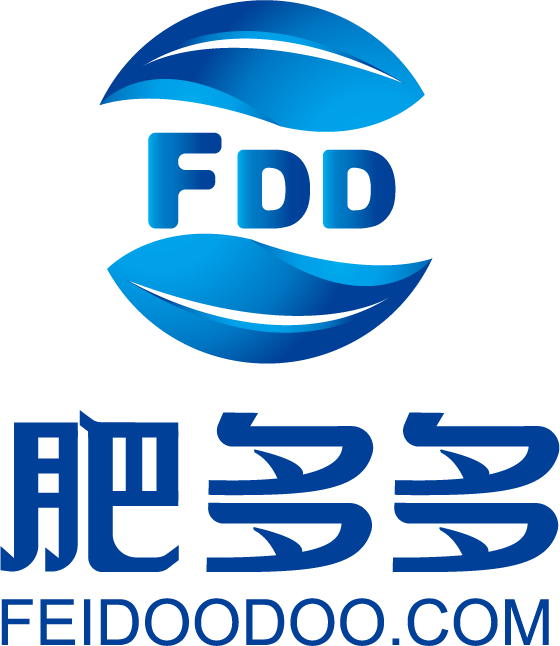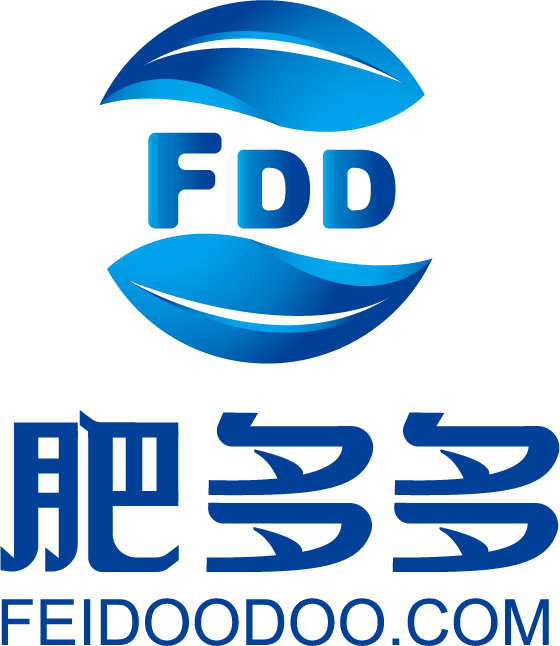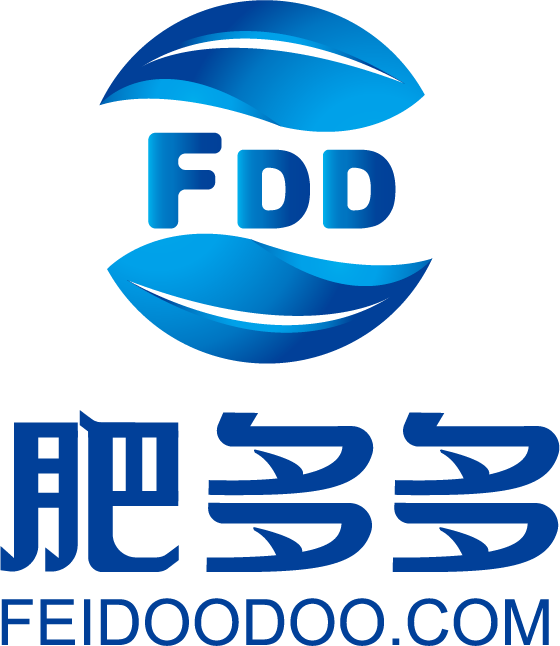- The daily review of the phosphate fertilizer market reveals that the autumn demand for both MAP and DAP is gradually concluding, with both markets remaining in a largely observant state. MAP prices show some increase in specific categories, while DAP prices largely remain steady. The MAP market continues to be influenced by raw material costs and pre-orders from companies. In contrast, the DAP market is primarily driven by rising raw material prices. Both markets are expected to continue their stable operations in the short term.
- The domestic urea market sees a slight decline in prices post the National Day holiday. The urea small granule price index stands at 2523, reflecting a slight drop. With maintenance facilities coming back online and increased production capacity, there's an upsurge in supply. However, domestic demand remains low, and export restrictions have limited overseas sales. Overall, short-term prospects for urea prices to rise appear challenging, anticipating a downward trend.
- The global microbial inoculants market research provides insights into factors influencing the global business landscape. The report elaborates on the current status, upcoming trends, and market segmentation. With key p s like Corteva, BASF, and Bayer taking the lead, the study identifies opportunities in the rise of organic farming and increased awareness about microbial inoculants. The report segments the market d on type, crop, and microorganisms, covering various regions and countries.
- The demand for phosphate fertilizers in China, closely tied to food security, remains strong. However, due to environmental concerns and policy shifts, the supply has been steadily decreasing, causing an uptick in prices. Despite a dip in exports in 2022, there has been a significant recovery in 2023, alleviating some domestic supply pressures. A major component of production costs is phosphorite. Enterprises with access to their own phosphorite sources enjoy substantial cost benefits.
- tarting October 1, 2023, Russia will implement a new flexible export tariff policy, with rates linked to the ruble exchange rate, affecting various goods and potentially reaching up to 10% for fertilizers. This temporary measure aims to maintain a balance between exports and domestic consumption and prevent unreasonable price hikes in Russia's domestic market. The announcement follows the Central Bank of Russia's recent monetary policy tightening and adjustments to inflation forecasts.
- The domestic urea market continues its downward adjustment with enterprises lowering prices to increase sales amidst weak downstream purchasing. With installations continuously restarting and new capacities coming online, the supply is ample. The market operates weakly with no positive stimuli, and it’s expected that the urea market prices will primarily decline in the short term. Continuous attention is needed on the daily production increment situation.
- The daily review of the phosphate fertilizer market on September 26th reveals that the prices of both MAP and DAP are experiencing adjustments with MAP showing a slight increase. The ongoing rise in the price of synthetic ammonia continues to offer cost support, while the demand side remains stable with minor replenishments. Both markets exhibit a flat overall atmosphere, with expectations of firm price maintenance in the short term for MAP, and a steady state with minor adjustments for DAP.
- In August 2023, China witnessed significant fluctuations in synthetic ammonia import and export volumes, as depicted by the customs data. The import volume marked a substantial year-on-year increase of 441.5%, with Indonesia, Saudi Arabia, Bahrain, and Oman being the main contributors. Conversely, the export volume experienced a decline, primarily directed towards Vietnam and Myanmar. The cumulative figures from January to August 2023 also indicated a considerable increase in both imports and exports compared to the previous year.
- The daily review indicates that the Phosphate Fertilizer market experiences no positive stimuli and the prices of both Monoammonium Phosphate and Diammonium Phosphate are stable. Companies continue to fulfill prior orders and the market maintains stable operations amidst rising raw material costs and modest demand. In the short term, the prices for both fertilizers are expected to remain firm with a bland market trading atmosphere.
- Today, the urea futures and spot markets experienced a decrease in prices, with companies reducing prices to attract orders before the National Day holiday. The supply is continuously recovering with facilities resuming and new capacities coming online, but demand remains weak with a focus on just-in-time replenishment. The urea market price is expected to mainly decline in the short term, with a continued focus on the changes in daily production.
- This week, the urea market experienced price adjustments influenced by changes in supply and demand. The domestic urea small granule price index saw a slight increase. Companies initiated pre-receipt plans and adjusted prices d on market conditions and the approaching National Day holiday. The operating rate and daily production of the urea industry showed an upward trend, with inventory levels at ports and companies experiencing variations. The compound fertilizer and melamine industries also witnessed market adjustments, with melamine prices continuing to decline. The international market saw stability and adjustments in urea prices. The report provides a comprehensive overview of market dynamics, inventory levels, industry developments, and price trends, offering insights into the current state and future outlook of the urea market.
- This week, the phosphate fertilizer market in China witnessed cautious downstream purchases and stable prices. The market price of monoammonium phosphate slightly declined but maintained a high operation level, with companies continuing to execute previous orders and the downstream market showing rational purchasing. Diammonium phosphate market price remained stable with little change, and companies continued dispatching pre-received orders with a cautious purchasing mentality observed downstream. The operating rates and production of both monoammonium and diammonium phosphate industries saw a slight increase, remaining higher than the same period last year. The port inventories for both fertilizers remained stable. The future forecast suggests a continuation of the current market trends, with price fluctuations for monoammonium phosphate and stable prices for diammonium phosphate.
- In August 2023, China witnessed significant fluctuations in the import and export volumes of monoammonium phosphate and diammonium phosphate, according to customs data. Monoammonium phosphate experienced a substantial increase in export volume, with no imports recorded for the month. The main export destinations included Brazil, Argentina, and Mexico. Conversely, diammonium phosphate saw a decrease in export volume and a minimal import volume, with India, Vietnam, and Singapore being the primary export recipients. The cumulative volumes for both fertilizers also varied compared to the previous year, indicating shifts in the phosphate fertilizer market.
- China's Urea Import and Export Data for August 2023.
- Phosphate Fertilizer Production and Operating Rate in August 2023.
- Mall
- Supermarket
- Supplier
- Integrated logistics
- Warehousing
- Transaction Services
- Expo Services



